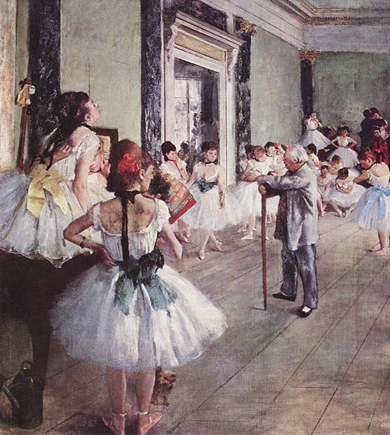Posted by Birgit Zipser on August 25th, 2009
The power of sfumato, the blending of colours or tones so that there is no perceptible transition, was used by Da Vinci and Gerhard Richter to represent an idea of female beauty and the expanse of a seascape, respectively.
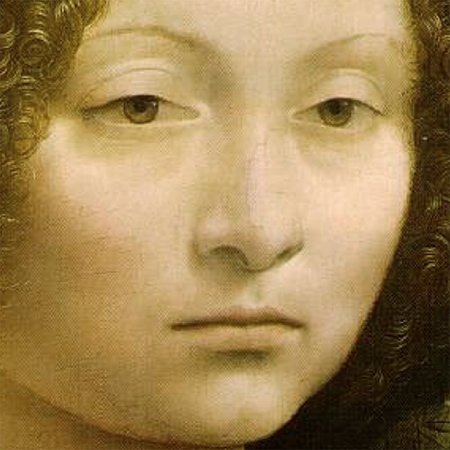
Leonardo Da Vinci, Ginevra de’ Benci, c. 1475 more… »
Posted by Steve Durbin on June 25th, 2009
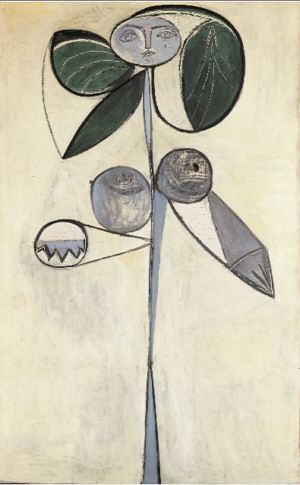
Even if you don’t care greatly about Picasso, I recommend the Charlie Rose interview with Françoise Gilot, who lived ten years with the man. A talented artist herself, and very independent-minded, Gilot frequently discussed art with Picasso. Much of what he said about how he worked has come to us through her. For example, regarding the rather complex, high cubist paintings, he said than in the “early stages” there were almost no “references to natural forms…I painted them in afterwards.” Braque had a similar working procedure. Rather than abstract from an initial representation of a scene, these cubists–at least for a time as their approach evolved–roughly laid out their abstract, faceted spaces and forms, then filled in enough clues to suggest the subject. Those clues could appear in rather disconnected spots. I believe it was the dealer Kahnweiler who said they had developed a way to free objects, showing that they existed without showing where they were located.
more… »
Posted by Steve Durbin on May 23rd, 2009
My hazy recollection is that I first heard cubism explained as a style that showed multiple points of view in a single painting. That may be fairly typical of the popular conception of what cubism is. But since one often has difficulty even telling what the subject is, it’s pretty clear that maximizing information conveyed was not the main motivation for Picasso, Braque, and company. I’ve long felt that I didn’t really have much grasp of what cubism really was, of what the artists cared about and thought about. Following are some snippets I’ve encountered, in no particular order.
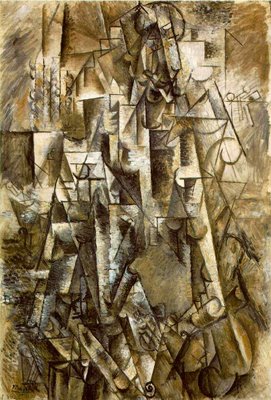
more… »
Posted by June Underwood on April 18th, 2009
As Steve noted not long ago, perception — how, as well as what, we see and record — is prime territory for this group. Some weeks ago I wrote about painting in the desert, the Great Basin to be more precise, and, even more specifically, the Amargosa Plain just outside of Death Valley.
After having spent 6 weeks in the desert, perceiving and painting, mostly plein air, I am now back in Portland reading about desert perception in William L. Fox’s The Void, the Grid, and the Sign.
Fox has spent most of his life in and around a variety of deserts and back-of-nowhere lands, but in The Void he’s primarily concerned with the Great Basin, that large space between the Rockies and the Sierras, where water flows in, but never out, where there is no river coursing to the sea. He says that outside of Afghanistan, this area contains the most mountain ranges (316) in the world, but there are also 90 basins, places where what little water exists is captured between ranges and sinks or evaporates. The best known of these basins is perhaps Death Valley, although that lies outside Fox’s attention. The place I was painting, the Amargosa Plain, is also just outside his wide-ranging travels. However, much of what he says is apropos of the Amargosa and Death Valley.

Death Valley at the Beatty Cut-off, March, 2009
more… »
Posted by June Underwood on February 9th, 2009
“Pattern and Decoration” (P&D) is the name of an art movement that had its moment of visibility in the post-modern pluralism of the 1970’s and 1980’s. Its practitioners include Valerie Jaudon, Miriam Schapiro, Joyce Kozloff, Kim MacConnel, Tony Robbin, Robert Kushner, Robert Zakanitch, and many others. P&D often serves as an unheralded theoretical base for the quilted arts that I am familiar with.
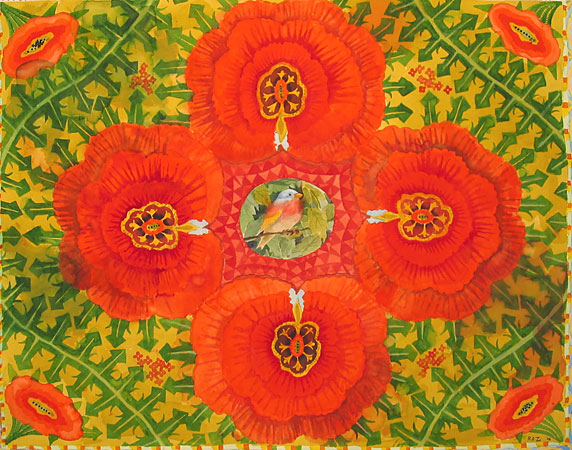
Robert Zakanitch, Red Watercolor, 34 x 36, 2007
Pattern and Decoration: An Ideal Vision in American Art, 1975 –1985 is the printed catalogue of an exhibit held at the Hudson River Museum in 2007 -2008. The catalogue has excellent essays by Anne Swartz, Arthur Danto, Temma Balducci, and John Perreault, as well as including short biographies of the artists and plates of the exhibited art. Most of the words which follow come from the catalogue.
more… »
Posted by June Underwood on March 20th, 2008
Recently I visited, twice, the Portland Art Museum’s current exhibit: The Dancers, featuring art by Degas, Forain, and Toulouse-Lautrec. Both times I was struck by the marvel of organization that the curators had achieved.
The exhibit begins with an overview — art by the three men — and then proceeds to explore each individually, moving from Degas to Forain to Toulouse-Lautrec. Degas is first, and of course, his dancers are superb. Beside them, in the overview, Forain’s painting of a dancer seems a much lesser image, although the subject is somewhat more personalized. And Toulouse-Lautrec work seems more about shape than about a subject matter — at least in the initial exhibiting area.
more… »
Posted by Birgit Zipser on March 14th, 2008

Who are some of the role models in NYC? more… »





